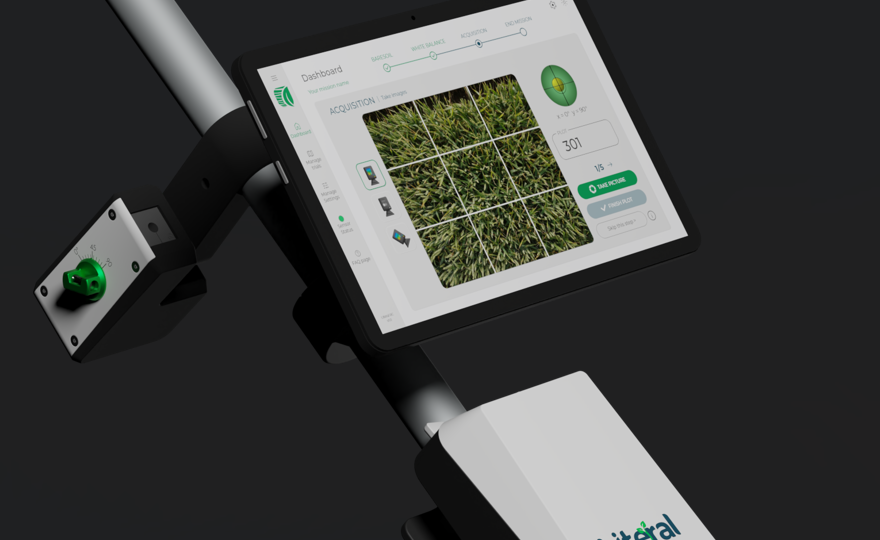
Observing and analyzing plant characteristics is a crucial step in improving agricultural practices and addressing climatic and economic challenges. Thanks to technological advances, tools such as imaging can now be used to go further, faster and with greater precision. Let’s explore how this approach is changing the daily lives of researchers and farmers.
what is plant phenotyping
Plant phenotyping refers to the set of measurements and observations of plants’ physical characteristics, such as their size, growth or ability to withstand challenging conditions. This data is used to:
- Identify plant varieties best suited to specific environments or purposes.
- Monitor pants’ responses to agricultural treatments (fertilizers, irrigation, etc.).
- Better understand the interactions between plants, their environment and agricultural practices.
Until recently, these tasks were performed manually by operators, a reliable method but often time-consuming, costly and subject to variations due to the operator’s experience or personal judgement.
The role of imaging in phenotyping
At i2S, we have designed an innovative system for Hiphen and Arvalis, combining robust hardware and integrated software to automate the detection, classification and quantification of plant traits using high-resolution images. This system, called Literal®, captures precise data on crop conditions using advanced sensors and image processing algorithms.
Key advantages of this approach include:
1. Improved accuracy: Sensors detect subtle variations invisible to the naked eye, such as chlorophyll levels or early signs of water stress.
2. Increased efficiency: The system enables rapid data collection, facilitating the analysis of large fields without intensive human intervention.
3. Data objectivity: Automation reduces subjective biases, providing standardized and reproducible results.
4. Multi-dimensional analysis: By combining different wavelengths (visible, infrared, etc.), the system offers a comprehensive view of plant health and performance.
practical applications
The use of imaging in phenotyping opens up a wide range of possibilities:
- Research and varietal selection: Identifying promising lines based on their behaviour under climatic stress or disease pressure.
- Optimizing agricultural practices: Adjusting irrigation, fertilization or pest control to the specific needs of crops.
- Large-scale crop monitoring: Rapidly detect anomalies or anticipate potential problems.
complementarity with human expertise
Although imaging provides accurate, objective data, it does not replace the expertise of agronomists and producers. Instead, it provides additional information which, combined with human know-how, enables more informed decision-making and optimized crop management.
In summary, thanks to the collaboration between i2S, Hiphen and Arvalis, integrating imaging into plant phenotyping through the Literal® system represents a significant step forward for modern agriculture. This system offers powerful tools to meet current and future challenges, combining technology and human expertise for more sustainable and efficient agriculture.
To find out more about Literal®, visit Hiphen’s website: https://www.hiphen-literal.com/
